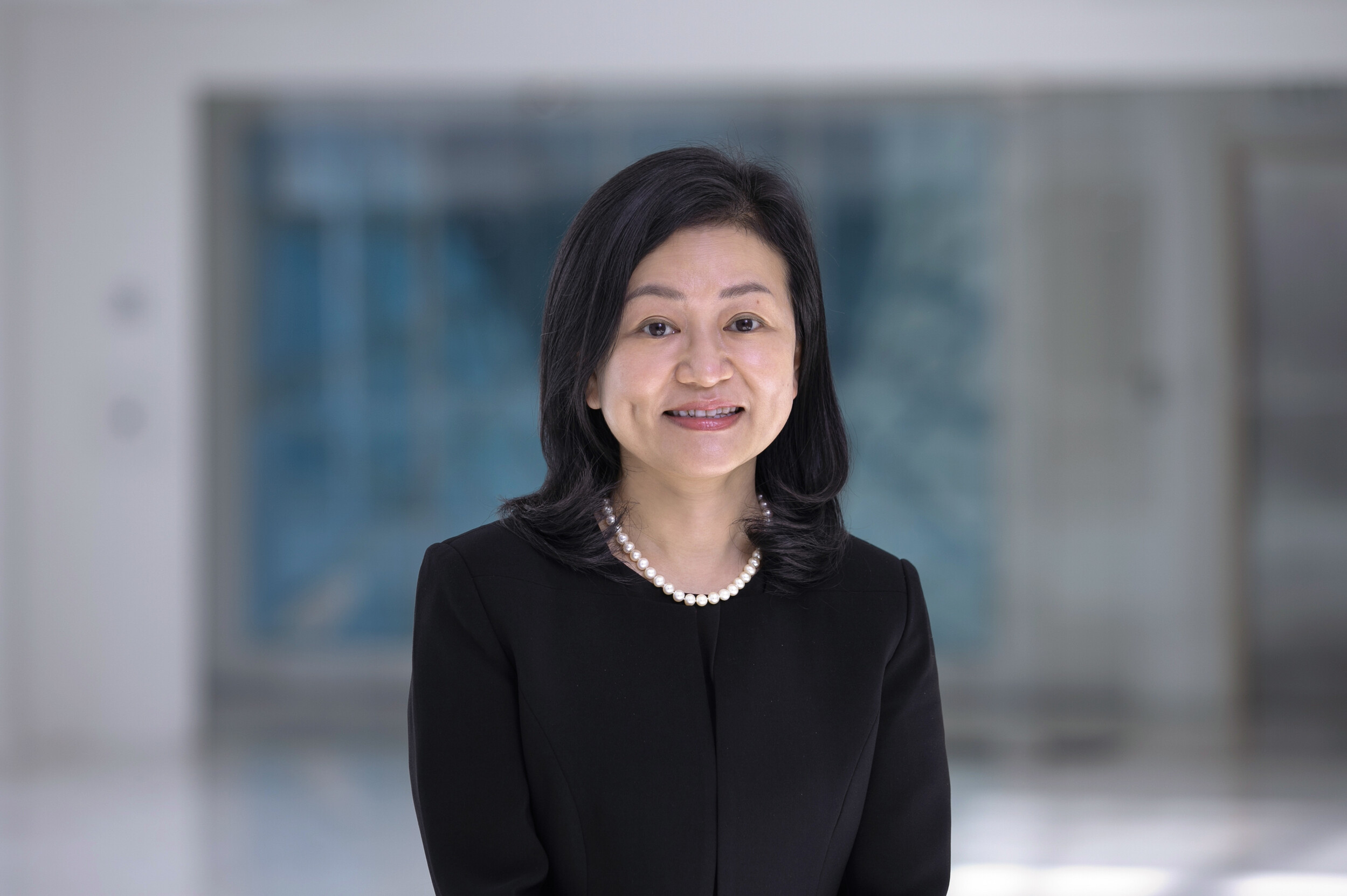How leaders can introduce inclusive language in the Asian workplace
- Champa Ha
With more organisations seeking to create a workplace of cultural engagement and inclusivity, one method more organisations and HR leaders are looking into involves using inclusive language. This is especially important in the Asian workplace, with countries like Singapore becoming more exposed to globalised content while having to balance this with the cultural norms of the Asian workplace. At the same time, there is an increasing demand from clients as well as from employees to be more inclusive in their communications, especially since it would help signal better psychological safety within the workplace.
This is research that both Heather Cairns-Lee, Affiliate Professor of Leadership and Communication, IMD and Alexander Fleischmann, Equity, Inclusion and Diversity Research Affiliate, IMD are looking into, especially when it comes to discussing the idea of psychological safety within the workplace. And the work that the researchers are doing helps understand not just how communication with colleagues occurs, but also how it can evolve and redefine what it means to give respect to ensure sensitivity.
Pushback, for example, can come from stubborn employees insisting that the use of inclusive language is restrictive in the way they express themselves. “One key misconception about inclusive language is that it limits ways of expression,” Drs Cairns-Lee and Fleischmann told HRM Asia. “However, in our whitepaper, we emphasise that inclusive language enriches communication skills, by providing inclusion through everyday language.”
Another misconception, said both researchers, is assuming homogeneity across workplaces in the Asia-Pacific region. “What works in one country or language, may not be relevant in another,” said both researchers. Due to the constantly changing shifts in societal norms and the changes in how language is formed, it is important to recognise that there is no ‘one-size-fits-all.’ Both Drs Cairns-Lee and Fleischmann caution the importance of how workplaces approach inclusive language, and the need to reflect the cultural context within the language, while still being open to local adaption.
“Asia offers a unique setting for fostering inclusion through language with its myriad of languages, dialects and cultural nuances,” both researchers explain, especially with how hierarchical structures and titles play an important role in shaping the way that people address each other based on age, status, and relationship in the region.
Yet, both researchers also acknowledge that in the most recent years, there has been a need and call for more inclusive language that respects gender diversity through gender-neutral pronouns, especially when it comes to interacting with others in the workplace.
Gender-neutral pronouns such as the Filipino pronoun “siya” or the Mandarin tā (他), for example, can be used to refer to someone without specifying their gender. “Navigating these sensitivities in the Asia context requires striking a balance between promoting inclusion and respecting the cultural and linguistic heritage of each society,” the researchers explained.

“One key misconception about inclusive language is that it limits ways of expression. However, in our whitepaper, we emphasise that inclusive language enriches communication skills, by providing inclusion through everyday language.”- Dr. Heather Cairns-Lee, Affiliate Professor of Leadership and Communication, IMD
Both researchers identified how organisations can help to inculcate inclusive language within the workplace, using five key factors. Firstly, it is important to identify the issues that concern employees and markets that organisations are involved in when it comes to introducing inclusive language and communicate the importance of inclusive communication to clients, stakeholders, employees, and communities.
Next, it is important to educate on the importance of inclusive language and images to raise awareness about this topic, with specific examples of how to use language effectively and respectfully considering cultural nuances and sensitivities.

“Cultural nuances and sensitivities will shift over time, and it is critical to routinely re-examine both your personal and professional perspectives on creating an inclusive culture.”- Dr. Alexander Fleischmann, Equity, Inclusion and Diversity Research Affiliate, IMD.
This can be done with the help of Employee Resource Groups (ERGs) within organisations. ERGs, or groups that bring together employees who advocate for equity along the lines of gender, age, race and ethnicity, language, sexual orientation, disabilities, or care responsibilities, can help leaders understand organisational culture in terms of inclusion and exclusion, especially in Asian markets that often have very culturally diverse demographics and thus would be susceptible to cultural faux pas
With that, organisational leaders need to develop clear guidelines for inclusive language and images tailored to the organisation’s cultural and linguistic context. Lastly, both researchers advocate for leading through example, as the intent of language usage encourages more employees to feel welcome.
READ MORE: How to create more inclusive hiring practices for neurodivergent talent
The researchers also advised senior leaders in Asia to embrace an open willingness to adapt to changing norms in the workplace. “Cultural nuances and sensitivities will shift over time, and it is critical to routinely re-examine both your personal and professional perspectives on creating an inclusive culture,” they concluded.






